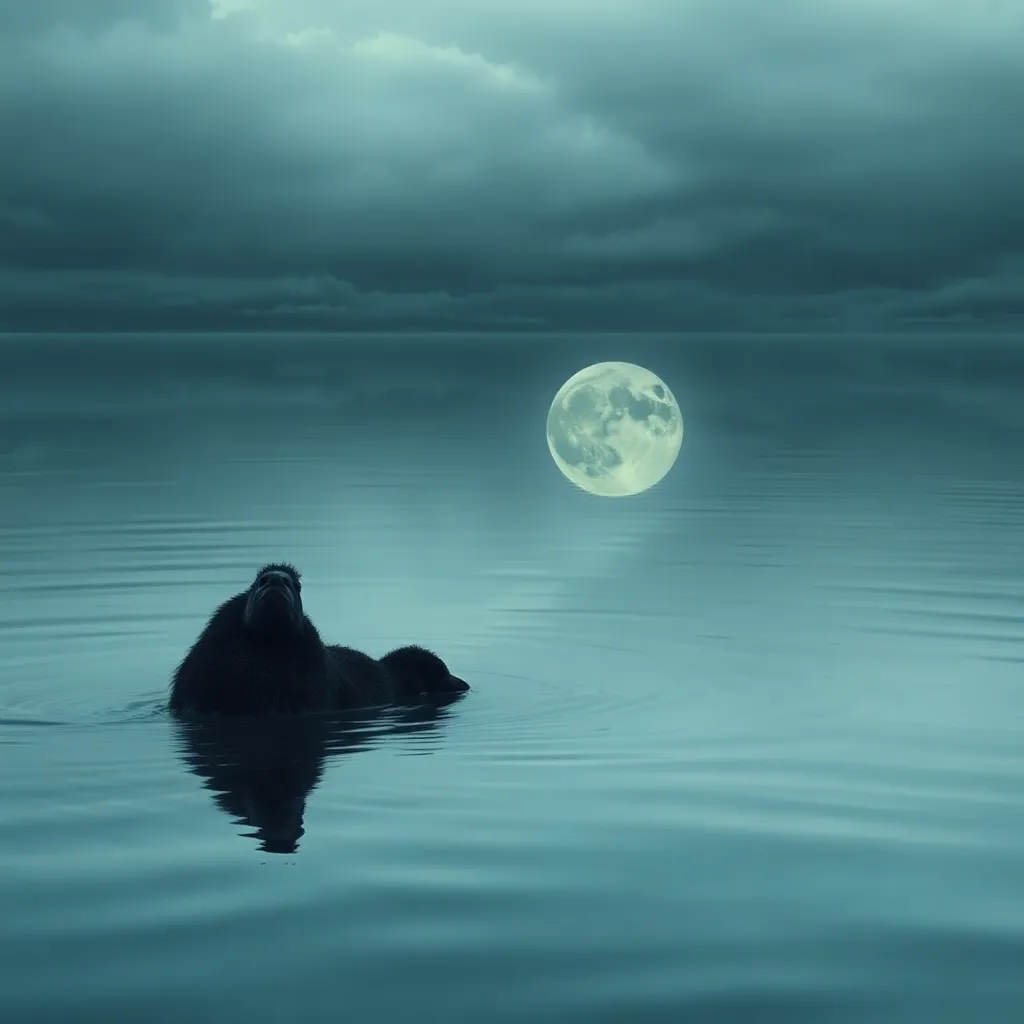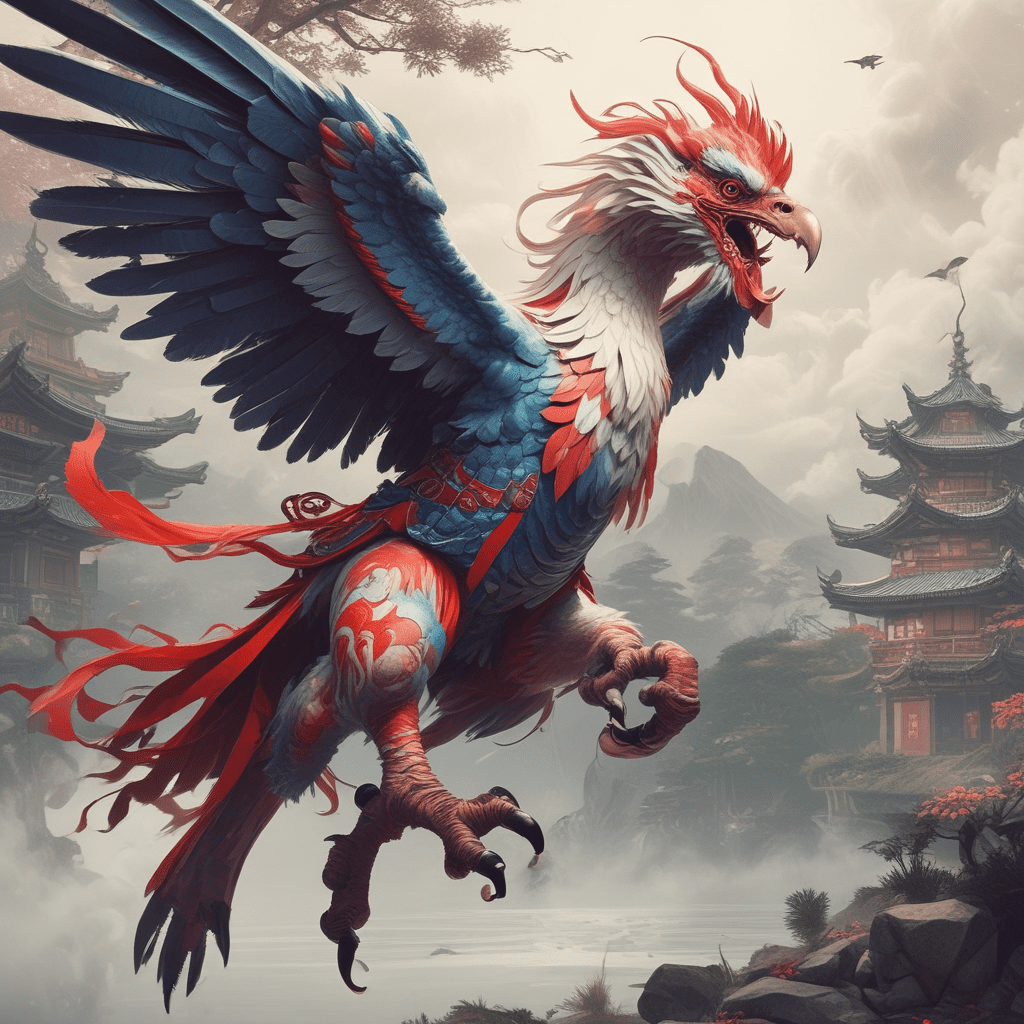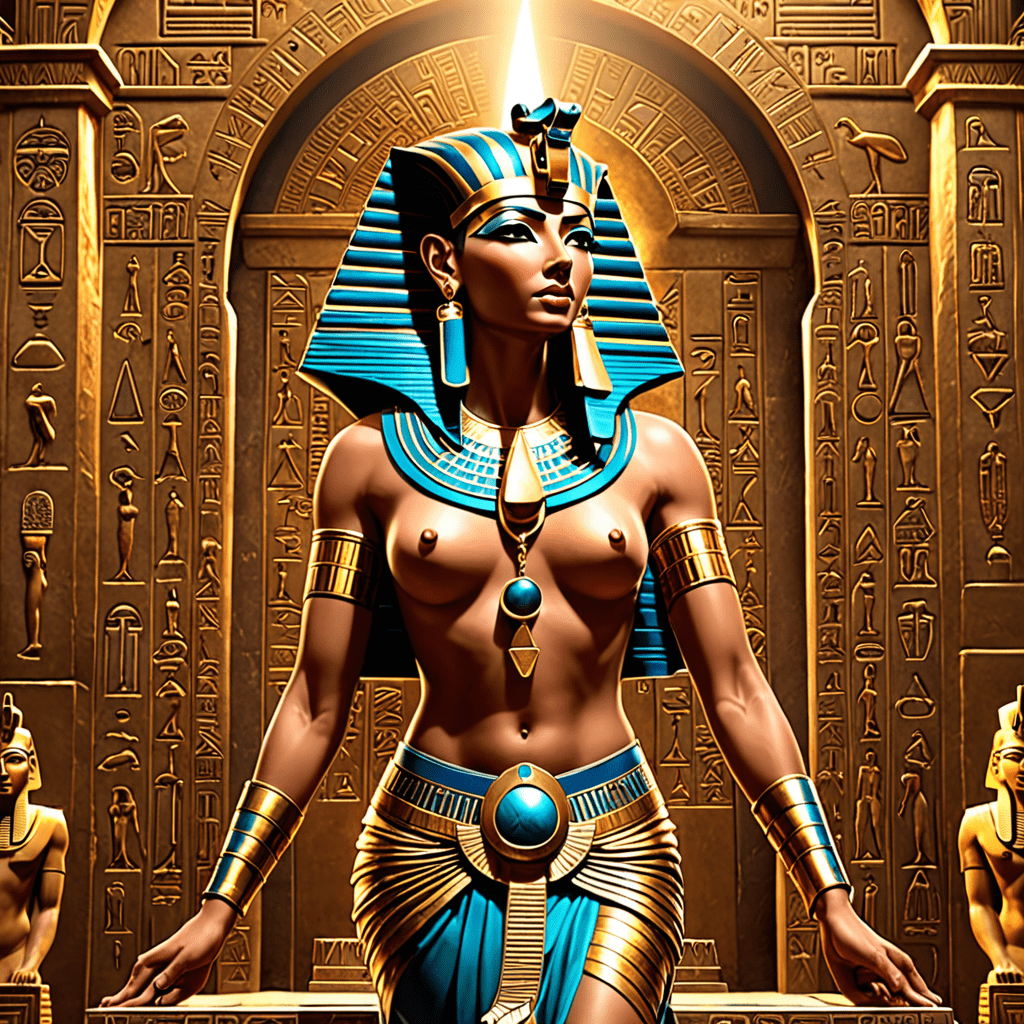The Selkie’s Mirror: Examining the Themes of Self-Discovery and Identity in Selkie Stories
I. Introduction
Selkie myths, rooted in the folklore of Scotland, Ireland, and Northern Europe, have captivated audiences for centuries. These enchanting tales of seal-like beings who can shed their skins to take on human form delve into the complexities of identity and self-discovery. The cultural significance of Selkies lies not only in their mesmerizing narratives but also in their profound exploration of what it means to belong and to know oneself.
This article aims to examine the themes of self-discovery and identity as they manifest in various Selkie stories, revealing how these timeless narratives continue to resonate with contemporary audiences.
II. The Origins of Selkie Lore
The origins of Selkie lore can be traced back to the coastal regions of the British Isles, particularly in the Celtic and Norse traditions. Historical accounts suggest that these stories emerged from the encounters between coastal communities and the mysterious sea life surrounding them.
The transformation of seals into humans serves as a powerful metaphor for the dual identities many individuals navigate. The Selkies, caught between two worlds—the ocean and the human realm—embody the struggles of self-identity faced by many.
Common motifs in Selkie stories include:
- The shedding of skin as a rite of passage
- The bond between humans and Selkies
- The longing for freedom and the constraints of societal expectations
III. The Symbolism of the Selkie’s Skin
The skin of a Selkie is a potent symbol of true identity, representing the essence of who they are. The act of shedding this skin to become human reflects a desire for freedom, while donning it again signifies the pull back to their true selves.
In many key stories, the skin plays a pivotal role in the narrative arc, highlighting the tension between captivity and liberation. For instance, in some tales, a human steals a Selkie’s skin, forcing her to remain in the human world against her will. This conflict illustrates how the skin is not merely a physical barrier but a representation of autonomy and self-determination.
IV. The Journey of Self-Discovery
Selkies often face internal conflicts when navigating human society, grappling with their sense of belonging and identity. This journey of self-discovery is marked by moments of revelation and personal growth.
Love and relationships play a crucial role in this journey. In many stories, a Selkie’s connection with a human can lead to profound transformations, prompting them to explore their own desires and identity. However, these relationships are often fraught with challenges, reflecting the complexities of dual existence.
V. Identity Crisis and the Search for Belonging
Central to many Selkie tales is the theme of alienation and acceptance. Selkies frequently experience identity crises, struggling to find their place in a world where they are seen as outsiders.
The struggle between two worlds—human life and the ocean—creates a poignant narrative tension. Characters may feel torn between their Selkie nature and human expectations, leading to profound questions of self-worth and belonging. Case studies of characters reveal:
- The emotional turmoil of a Selkie who cannot return to the sea
- The longing for acceptance in a society that views them as other
- The reconciliation of their dual identities through personal acceptance
VI. Feminine Identity and Empowerment in Selkie Stories
Selkie stories often feature female protagonists, and their portrayal offers rich insights into feminine identity and empowerment. Many narratives depict Selkies as strong, independent beings who assert their agency, often defying traditional gender roles.
This inversion is significant in the context of contemporary discussions about femininity. Female Selkies frequently challenge societal norms, embodying themes of empowerment and self-determination.
VII. Modern Interpretations and Adaptations of Selkie Myths
In contemporary literature and media, Selkie themes are often reinterpreted to resonate with modern audiences. These adaptations explore the relevance of self-discovery and identity in today’s society, reflecting ongoing struggles for personal and cultural identity.
Examples of modern works inspired by Selkie lore include:
- Books that reimagine the Selkie myth in urban settings
- Films that emphasize the emotional and psychological aspects of dual identity
- Artistic interpretations that explore the intersection of nature and humanity
VIII. Conclusion
Through the lens of Selkie stories, the themes of self-discovery and identity emerge as powerful narratives that resonate across cultures and eras. These myths not only captivate with their enchanting tales but also provide profound insights into the human experience.
The enduring power of mythology lies in its ability to explore complex human emotions and experiences. As we continue to engage with Selkie narratives, we uncover the timeless relevance of these stories in our ongoing quest for understanding ourselves and our place in the world.



